
Communicating with the Depths of Our Being: Acupuncture and Pulse Diagnosis
As an acupuncturist, the major tool I use for diagnosis is the pulse. Everyone is fascinated by this process. For good reason: a tremendous amount of information can be gathered by feeling a person’s wrist.
Pulse diagnosis is thousands of years old. Along with diagnosis of the tongue, the pulse is the chief method for assessing disease and health in the body.
When I lay my fingers on a patient’s pulse I can read the functional strength of all major internal organs. I’m also able to assess the quality and quantity of vital substances such as blood, body fluids and hormones. The pulse also indicates if the person is afflicted by an external force: wind, cold, heat, dampness (virus, bacteria, fungal). The pulse tells me if there is excessive heat or cold; if the person is having difficulty with fluid metabolism, or if the blood is static or the energy sluggish or stuck.
The pulse also tells me about relationship amongst the organs: how well they are working together as functional systems. I inquire into how the digestive system is supporting respiratory/immune function, the endocrine system’s effect on the mind and emotions, interaction between the various aspects of immune and circulatory function (Heart, Lungs and Kidneys). For example if the Lungs are not properly descending their energy into the Kidneys and intestines I would ask the patient about their breathing and elimination. Lung-Kidney and Lung-Intestine relationship is of primary importance for these functions. Constipation, wheezing, coughing and urinary difficulty can often result from lack of harmony within these organs. The pulse shows me what is going on in the body so I can determine what organs and relationships need to be rectified during acupuncture or herbal treatment.
The pulse can even provide information relating to the psyche: where a person may have a mental fixation. The quality of the blood flow is primary consideration within mental-emotional assessment. Fluid metabolism is also important. When the blood is stagnant the pulse will feel tight or “choppy.” When the blood is deficient the pulse will feel thin. Depending on which organ positions the tight, choppy or thin pulse show up can point me to particular organs that need treatment.
Congenital issues can also be located via the pulse, as can physical and emotional traumas that have disturbed daily physiological function.
The pulse is vast. There are many energetic levels to it. The most surface level of the pulse shows how our bodies are adjusting to the external environment. This is where we assess if a person has contracted a virus (wind-cold), bacteria (wind-heat) or something rheumatic (wind-damp). This is also the level of the pulse that shows muscle tension and pain – it is where we can assess the sinews. The surface of the pulse can also indicate if a person has absorbed something “energetic” (a “gui” – a ghost, parasite or even an energy from another person). The most surface layer of the pulse also shows mood disorders. The way this energetic layer is treated therapeutically is most often through sweating or urination: the most common ways the body “lets go.” The most important organ related to the surface layer of the body are the Lungs – they command the “external” energetic layer of the body. The surface layer of the pulse therefore indicates much about the overall function of the Lungs.
Master pulse diagnosticians say the pulse conveys a person’s past, present and future: what we’ve inherited, traumas we’ve suffered, and possible future physical and mental manifestations. The pulse can also predict what may happen to us in the future: propensity for certain health conditions. It provides warning signs, as well as requests for supplementation or changes that we need to make. A pulse reading can help us become aware of things to watch out for; it also helps us gain insight into ways to protect ourselves from catastrophe.
The middle layer of the pulse shows the internal workings of the body: digestion, metabolism. It also shows the emotional and mental functioning of the body. To feel into this level, we must press a bit deeper into the pulse, beyond the very surface. We want to see if the energy in the center of the pulse is rising to support the surface of the body: this is a very important classical assessment of health. They call this the adjustment between Ying (internal energy – the nutritive Qi) and Wei (surface – defensive Qi). When a common cold or infection was treated in classical times, harmonization of Wei and Ying was one of the most important strategies, most popularly achieved through the use of Cinnamon Twigs and Peony root. The Gui Zhi Tang (Cinnamon Twig combination) is perhaps the most famous of all Chinese herbal formulas due to its strong ability to strengthen immune function. It does this by ensuring the surface energy of the body (the energetic immune shield) is well supported by the digestive (and mental) internal support.
Assessment of the middle layer of the pulse is also important for emotional and mental wellness. The chief organs that manage this layer of energy are the Spleen-Stomach-Pancreas and the Heart. Take for example a patient suffering from insomnia. The sleep disturbance can come from many sources. It can come from the Lungs and Heart failing to anchor circulatory energy at night, or from a deficiency of blood or hormonal fluids failing to nourish the spirit. It can come lack of internal warmth, failing to move the blood and fluids. The insomnia can also result from weak digestion creating phlegm that harasses the spirit, hampers proper production of blood or body fluids, or blocks blood flow into the chest. Or it can come from a functional weakness failing to maintain necessary circulation. There can be excessive inflammation surging up into the chest causing the person to have nightmares or wake during the night. The inflammation itself can also come from many sources: the result of excess stomach acid, or from unresolved emotional issues creating internal heat. The pulse will identify what exactly is going on to cause the insomnia. Then the exact disharmony can be treated and rectified.
To successfully treat a problem with acupuncture, the cause must be found. The pulse will show what’s out of balance. However, matching pulse diagnosis with that of the tongue provides even more information. The tongue acts like a reflexology map for the internal body. The kidneys and intestines show themselves on the back of the tongue, the liver on the sides and the heart and lungs on the front. The center of the tongue shows what’s happening in the digestive system: the stomach and spleen-pancreas.
If the endocrine glands are not working together (as measured through the relationship between the Heart and Kidney pulses), this is likely to be the cause of the insomnia. The strategy within treatment should therefore focus on harmonizing heart and kidney energy. If the stomach shows excessive inflammation venting into the chest, this might be the problem. Stomach fire must be cleared. If there is a deficiency of blood, this could be the cause.
Heat in the Stomach will show up as a rapid pulse in the Stomach position of the pulse. It can also show itself as redness with a thin coat on the center of the tongue. There may even be cracks on the tongue showing damage to tissue and fluids.
Heart and Kidney disharmony can show itself as a thin or patchy coat on the back of the tongue and redness at the tip of the tongue. There may also be horizontal bands along the center of the tongue.
Blood deficiency will show itself as thinness in the pulse. It will cause a paleness to the tongue body.
There may be more than one imbalance: the result of a longterm problem that has progressed, causing symptoms along the way. The blood deficiency can be the result of excessive internal inflammation, possibly rooted in an unresolved emotional trauma from long ago. If this is the case, the pulse will present a very different picture than if the inflammation is the result of poor diet. The pulse and tongue can even help differentiate whether the emotional issue is related to current issues, those from the past, or issues relating to the ancestry (what we’ve inherited).
Essentially, that which is being felt in the pulse is relationship: how our internal organs are relating to one another, as well as the way we relate to ourselves and the world around us. Life is built on relationship. Survival requires working together. We may have adequate resources, but if we are not exchanging them, we can’t flourish. We need other people in order to learn about ourselves. We may have things others lack; others may have what we lack. In health, we are constantly exchanging with others. With plants, we exchange carbon dioxide for oxygen. This is called respiration: the most fundamental physiological process necessary for survival. With people, we exchange love, ideas and skills. We create our sense of social group identity through relationship with others. All of this is a type of energetic circulation. It all has an effect on our health.
The term “Qi” means energy, but also relationship. This is what we are measuring in the pulse: the qi.
Inadequate emotional circulation can causel blood circulation problems. Insecurity or excessive vulnerability can hamper respiratory function. Low self-esteem can inhibit endocrine function. Emotional hyper-vigilance can lead to an overactive immune system. The reverse is also true: poor digestive function can create an obsessive mind and the inability to concentrate. Weak lungs can give rise to a feeling of depression or vulnerability. Stagnation of blood (from heart weakness) can cause an inability to communicate well through speech.
With all of these layers of energetic function (body and mind, social and self relationship), trying to locate the cause of a condition can be overwhelming. The pulse helps decode the mystery. Feeling the pulse is a way of listening very deeply to a person. It conveys things we are not aware of within ourselves.
One of our body’s survival mechanisms is repression. This occurs on both the mental and physical levels. Hepatitis for example, when it is not in the acute stage, goes into hiding in the cells. We don’t have symptoms to alert us of its presence because it is lurking in a latent state. We may not remember a traumatic event that happened when we were children because the body has repressed it. Just because something is hidden doesn’t mean it isn’t having an effect on our bodies and minds. We may be having strange symptoms that we cannot explain. Nothing shows up on blood tests, we can’t pull anything up when talking to our psychoanalysts. The pulse can reveal that which is hidden, so we know where to pull the lurking toxin out from.
The pulse will show us what resources we have available for detox. Cancer for example requires a great deal of blood, fluids and energy to be detoxed. Even when undergoing Western medical treatments like chemotherapy, we need a lot of blood and fluids to be able to flush out both the cancerous toxins, as well as the medicine killing the toxins. Many people for whom chemo doesn’t work lack adequate body resources to withstand the intensity of the treatment. The strategy with chemo is using a toxic substance to eliminate an internal body toxin. It can be highly successful- if the person has adequate strength and resources. The pulse will show what aspects of the body need to be supported during the therapy. It will also show the therapy’s on-going success or lack thereof.
I believe the pulse is the one of the best ways to identify the root of a problem. A healer develops relationship (resonance) with the patient through the pulse. Overtime, they will sensitize to the patient’s pulse; ideally the patient and his pulse will gradually reveal more overtime.
Many people say healing is like peeling the layers of an onion. This will reveal itself in all aspects of the patient, including the pulse. Symptoms that were reactions to something deeper will disappear, revealing the deeper wounds and imbalances. Eventually the root of the problem will make itself known. The body will develop confidence that it can communicate that which it has been hiding or protecting.

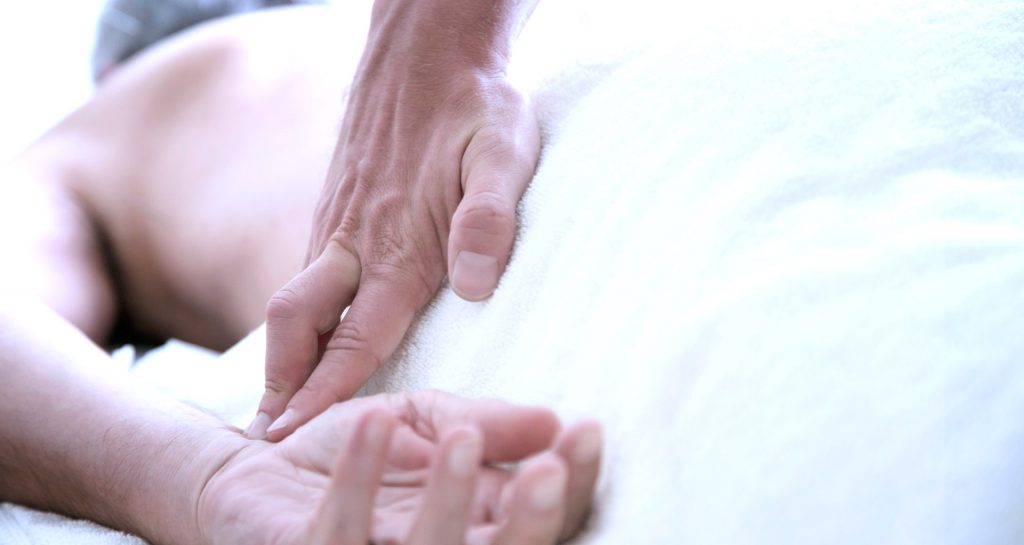

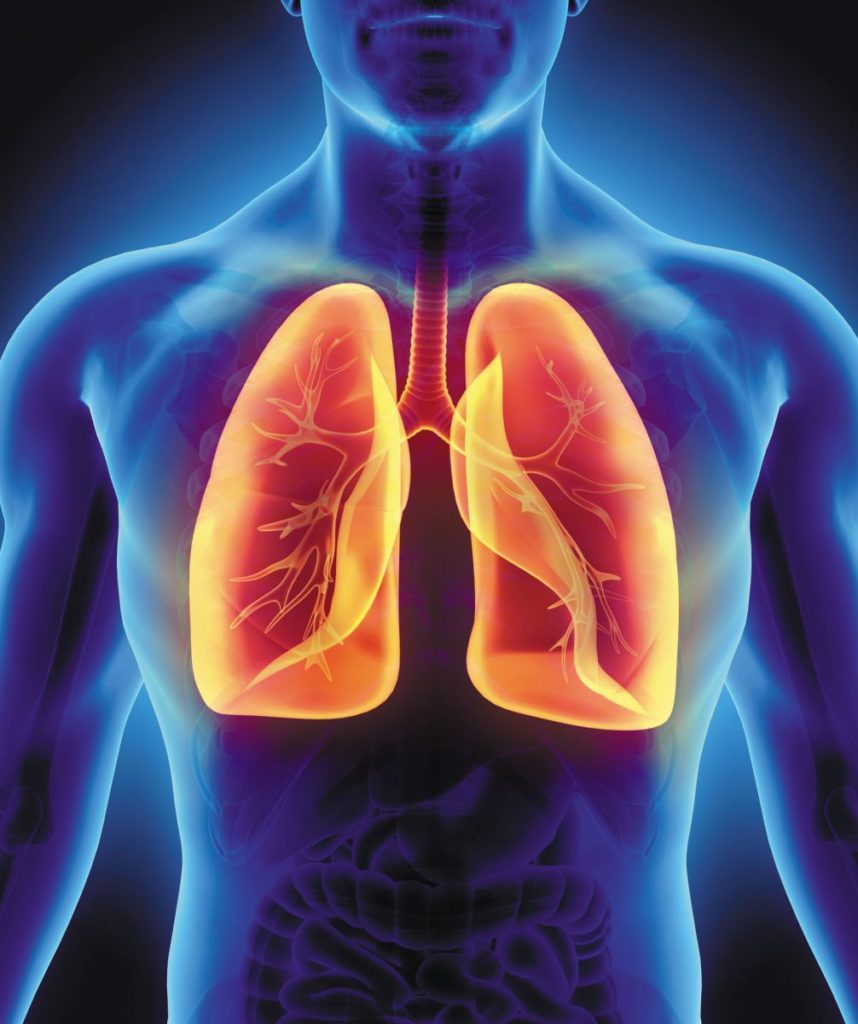
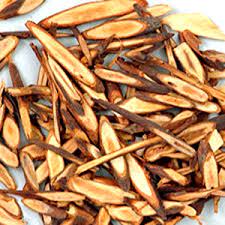
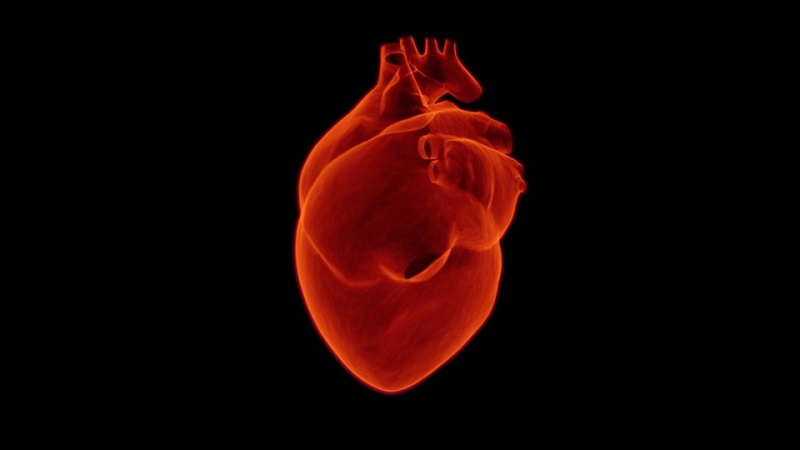

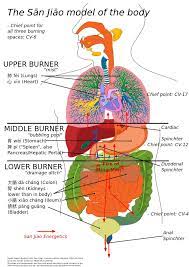







No Comments